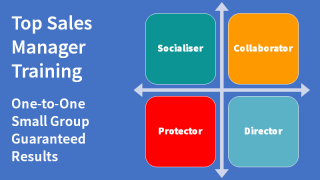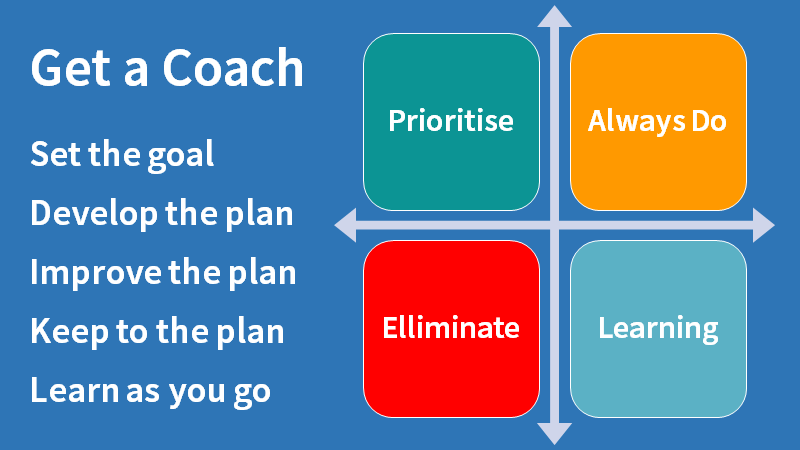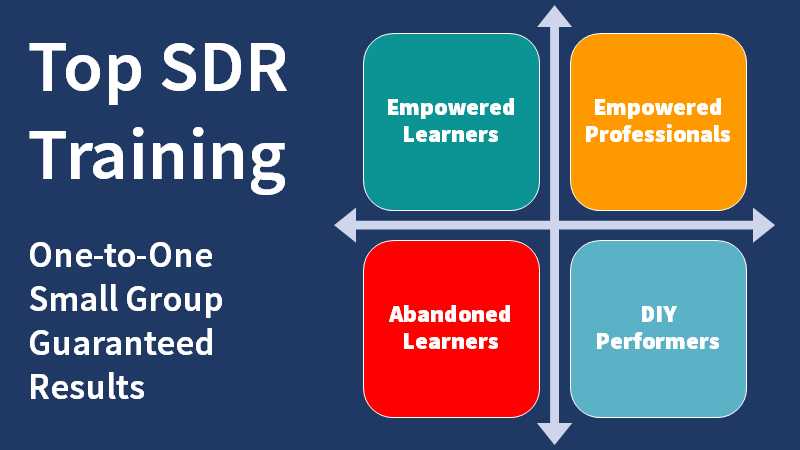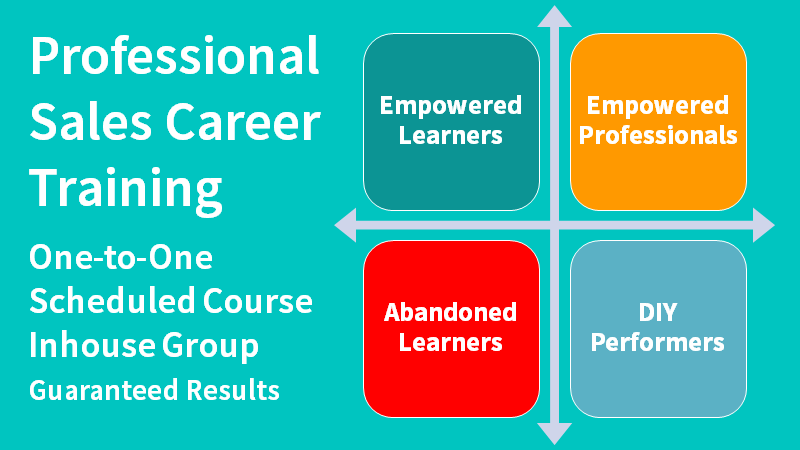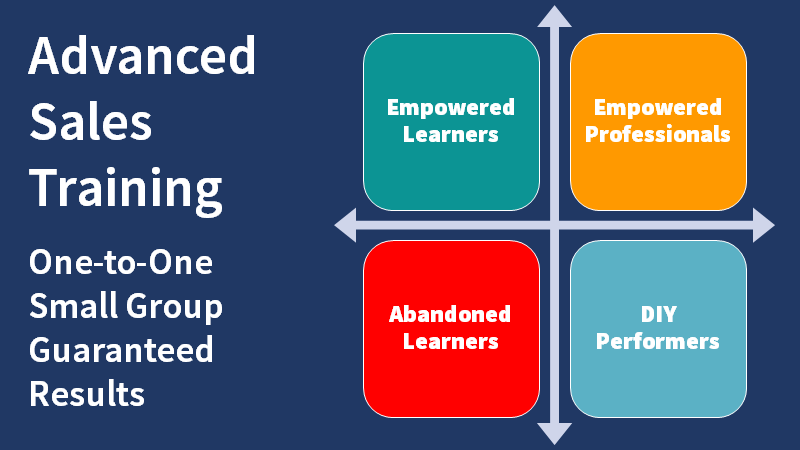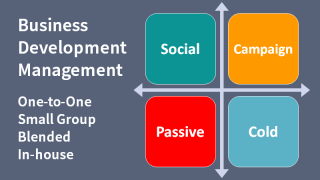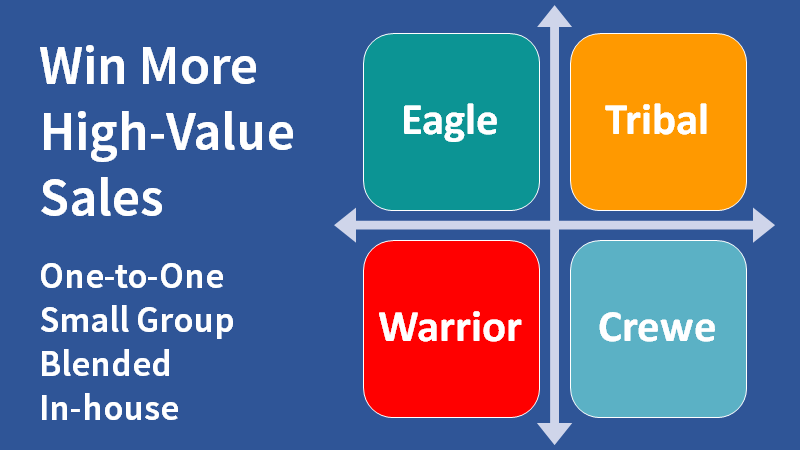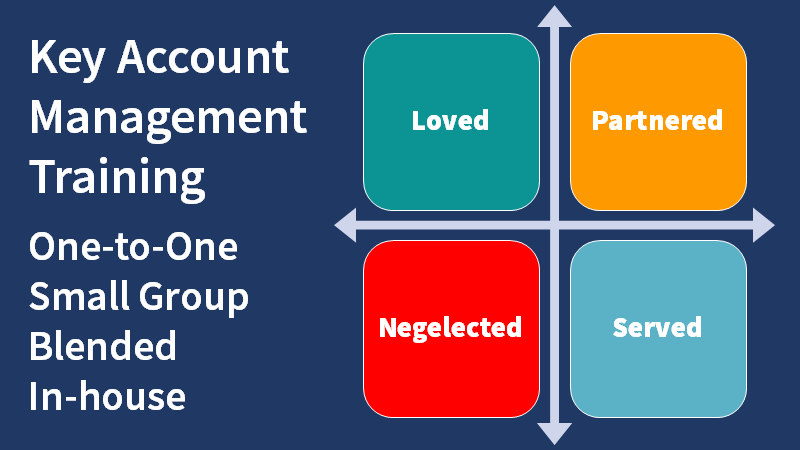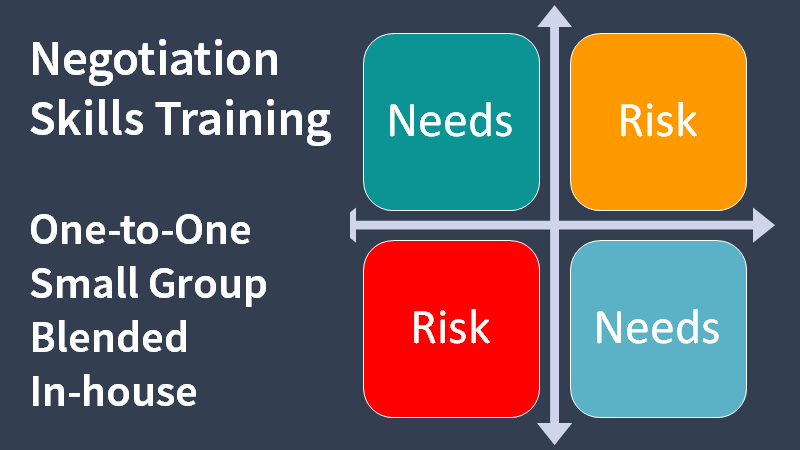The extraordinary benefits of a flipped classroom.

How a flipped classroom transforms adult learning and sales training.
CXOs, Sales managers and salespeople are under continuous pressure to achieve higher sales numbers, often through remote teams. Traditional learning models, such as intensive workshops and one-time training sessions, are far from the most effective approach for developing long-term skills and improving sales performance. Instead, flipped classrooms and courses spread over weeks or months offer a more dynamic and impactful way for adult learners to absorb new knowledge, develop skills, and work out how to apply their learning in the workplace.
This article explores the benefits of flipped classrooms and extended training programmes, focusing on how they enhance engagement, knowledge retention, skill application, and performance outcomes for sales leaders managing remote teams.
What is a flipped classroom?
Flipped classroom is a pedagogical approach that reverses the traditional learning structure. Instead of learning new concepts in a classroom setting and practising them later, participants first engage with learning materials such as videos, slide decks, articles, and case studies on their own time. They then participate in interactive sessions, such as discussions, role-playing, and group activities, to deepen their understanding and apply concepts in real-world scenarios.
This method aligns well with adult learning principles, which emphasise self-directed learning, problem-solving, and practical application. It also accommodates the busy schedules of salespeople and managers, allowing them to learn at their own pace while dedicating in-person or live virtual sessions to collaborative problem-solving and skill-building.
What are the advantages of a flipped classroom for sales training?
1. Enhanced Flexibility and Accessibility
Adult learners are normally full-time employees engaging in part-time development. They must continually juggle multiple responsibilities, from planning, doing their work, collaborating and coaching others. A flipped classroom provides flexibility by allowing them to engage with learning materials at their convenience. This is especially beneficial for remote salespeople and leaders managing dispersed teams across different time zones.
2. Active Learning and Better Knowledge Retention
By engaging with content before interactive sessions, learners have more time to process and internalise information. This approach leads to higher retention rates compared to passive learning methods. When participants enter discussions or practical exercises, they are better prepared to ask relevant questions and engage in meaningful problem-solving.
3. Application-Oriented Learning
Traditional classroom training must explain concepts, prove their worth, and create opportunities for participants to try out new ideas, methods, and skills. The time available forces compromises that hinder learning. In contrast, flipped classroom learning emphasises real-world application. Participants can immediately experiment with new strategies and techniques, receive feedback, and refine their approach, leading to tangible improvements in personal growth and d performance.
4. Encourages Self-Directed Learning
Flipped classroom learning empowers participants to take ownership of their development. Instead of passively receiving information, they actively seek knowledge, explore supplementary materials, and engage in discussions. This fosters a culture of continuous learning, which is essential for staying ahead in the ever-evolving sales landscape.
5. Improved Engagement and Interaction
Participants are more engaged when training sessions are centred on discussions, case studies, and role-playing. Learners benefit from collaborating with peers, sharing experiences, and brainstorming solutions to common challenges. This type of engagement is particularly valuable for remote workers, who may otherwise have limited opportunities for peer learning.
6. Cost-effective and Scalable
Traditional training programmes often require significant travel and time away from daily operations. Flipped learning reduces costs by minimising the need for physical attendance while still providing high-impact learning experiences. It is also easily scalable, making it a viable option for companies with geographically dispersed sales teams.
What are the benefits of courses spread over weeks or months?
While short-term training programmes can provide quick insights, they often lack the depth and reinforcement needed for lasting change. Extending courses over weeks or months offers several advantages, particularly for those in a constant battle to find improvements and increase effectiveness to drive growth.
1. Gradual Skill Development and Mastery
Selling and leading sales teams involves a complex and broad set of skills including planning, management, coaching, and negotiation. A prolonged course structure allows participants to integrate new practices and apply new skills incrementally, ensuring a stronger foundation that leads to lasting behavioural change.
2. Continuous Reinforcement and Application
Spreading learning over time allows for regular reinforcement and practice, reducing the risk of productive changes being squeezed out by the press of other priorities. Learners can apply new strategies in real-world scenarios, reflect on their effectiveness, and adjust their approach with ongoing guidance from mentors or instructors.
3. Real-Time Problem-Solving and Adaptation
In extended courses, learners can bring real-life challenges to discussions and receive timely feedback. This iterative process enhances problem-solving skills and enables participants to address evolving market conditions and team dynamics.
4. Encourages Habit Formation
Behavioural change requires consistent effort and repetition. Long-term learning experiences encourage the development of productive habits, such as data-driven decision-making, proactive pipeline management, and regular collaboration sessions with team members and colleagues.
5. Better Integration with Work Responsibilities
A gradual learning model reduces the burden of information overload. Learners can integrate new concepts into their daily routines without feeling overwhelmed, leading to higher adoption rates and more effective execution.
6. Higher ROI on Training Investments
Organisations invest significant resources in sales training. Extending learning over time ensures that knowledge is not lost after a single intensive session but instead becomes ingrained in practices which feed through to sustained improvements in sales performance.
How can we implement flipped classroom sales training?
For organisations looking to implement flipped classrooms and extended courses for sales training, the following strategies can maximise effectiveness:
1. Adapt or Redesign Learning Materials
Ensure that learning materials engage learners as well as inform and instruct. Traditional content that depends on the trainer's skills to bring it alive, may need considerable reworking to provide the necessary base for a flipped classroom approach.
2. Facilitate Interactive and Collaborative Sessions
Design live sessions around discussions, problem-solving exercises, and role-playing scenarios. Encourage participants to share their experiences and insights and plan for workplace implementation. Use extended course sessions to invite change commitments that lead to shared learning.
3. Incorporate Coaching and Mentoring
A powerful learning innovation is to pair learners with a mentor or co-learner so that discussion, application, and problem-solving are extended between virtual classroom sessions.
4. Leverage Technology for Seamless Learning
Use digital content, online repositories, or learning management systems (LMS) to provide seamless access to resources. Employ virtual classrooms, and collaboration tools to facilitate the live sessions and peer interactions.
5. Track Progress and Measure Outcomes
Establish key performance indicators (KPIs) to track learning progress and assess the impact on sales performance. Collect feedback to refine the training approach continuously.
6. Encourage a Learning Culture
Foster an environment where continuous learning is valued. A powerful way to do this is to have salespeople and managers teach what they have learned, perhaps in informal lunchtime virtual presentations. Onward knowledge sharing might be rated by audience members to recognise and reward those who share their learning effectively.
Flipped Classroom Extended Sales Training Recommendations
Flipped classroom extended training courses offer a powerful alternative approach for sales managers and leaders striving to achieve high sales numbers through remote teams. These methods drive meaningful learning experiences that translate into improved sales performance and leadership effectiveness by prioritising flexibility, engagement, real-world application, and continuous reinforcement.
Organisations that embrace these modern learning models can empower their leaders and salespeople with the knowledge and skills necessary to navigate challenges, inspire their teams, and consistently deliver outstanding results. By investing in long-term, application-focused learning, companies can cultivate a culture of excellence that sustains success in an increasingly competitive marketplace.
Article by Clive Miller
If you would like to try a flipped classroom approach for sales training or sales management training, explore our course directory. All of our courses are offered in a flipped classroom extended course configuration. Telephone +44 (0)1392 851500. We will be pleased to learn about your needs and discuss the options. Send an e-mail to jimm@salessense.co.uk, use the contact form here, or schedule a call with Clive Miller.




